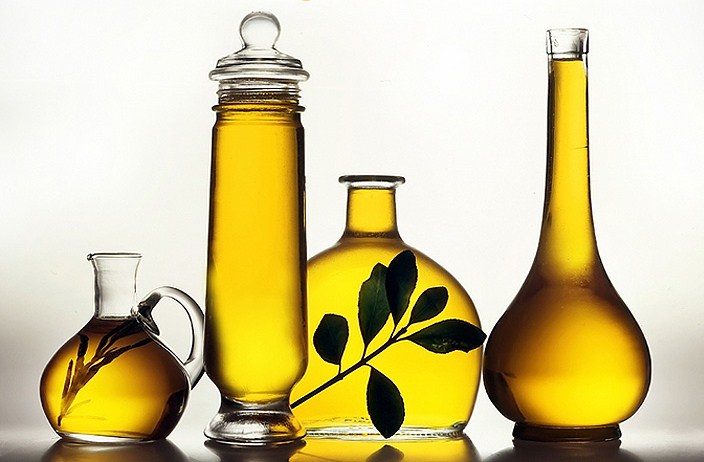· Ann McDonald · Basics · 3 min read
All you need to know about cooking oils
Olives and their oil are some of the oldest foods around today. Cultivation of the olive has been traced back as far as 5000BC. Not only is it delicious, but being loaded with essential fatty acids...

Details:
n/a n/a
Olives and Their Oil
Olives and their oil are some of the oldest foods around today. Cultivation of the olive has been traced back as far as 5000BC. Not only is it delicious, but being loaded with essential fatty acids and high in antioxidants, it is also incredibly healthy.
There are a variety of olive oils available:
Extra Virgin Olive Oil
Extra Virgin Olive Oil is the oil obtained from the first pressing of the olives. It is usually greener than other olive oils and has very low acidity. It is ideal for use in dressings and marinades. Despite its apparent heaviness, good virgin olive oil is not greasy. It should have a rich, dense, almost luxurious quality with a pronounced aroma.
Virgin Olive Oil
Virgin Olive Oil is also obtained from the first pressing of the olives, although it is slightly higher in acidity. It is a very good oil but just not good enough to be designated extra virgin.
Olive Oil
Olive oil often consists of a blend of refined oil and virgin oil. The virgin gives it the flavor that the heat-treated and refined oil lacks. A good all-round oil, better suited to cooking as it has a slightly higher burning point than extra virgin.
Light Olive Oil
Light Olive Oil is refined oil obtained from later pressings. Each subsequent press of the olives results in a lighter and less flavorful oil. The term ‘light’ refers only to the color and flavor and not to the calorific content. It is again suitable for frying and sautéing.
Other Oils
Walnut Oil
Walnut Oil has a distinctive nutty flavor and is best used sparingly, with strong-flavored vegetables. Bitter greens such as chicory and endive seem particularly well set off with walnut oil. In dressings, it should be diluted with milder oils such as grapeseed or olive oil.
Hazelnut and Almond Oils
Hazelnut and Almond Oils are also very distinctive and need to be used discreetly if they are not to overwhelm a salad.
Avocado Oil
Avocado Oil is a rich lime-green in color and retains the flavor of avocados. It has a higher smoke point than olive oil and is recommended for both cooking and drizzling over foods. It lacks the acidity of olive oil and benefits from being combined with something sharp and citrusy to achieve a pleasing balance.
Sesame Oil
Sesame Oil has a distinctive, nutty flavor and is often used in Asian cuisine. It comes in two varieties: toasted and light. Toasted sesame oil is dark and has a rich, deep flavor, making it ideal for adding a finishing touch to dishes or in dressings. Light sesame oil, on the other hand, is made from raw sesame seeds and has a more neutral flavor, suitable for cooking at higher temperatures.


